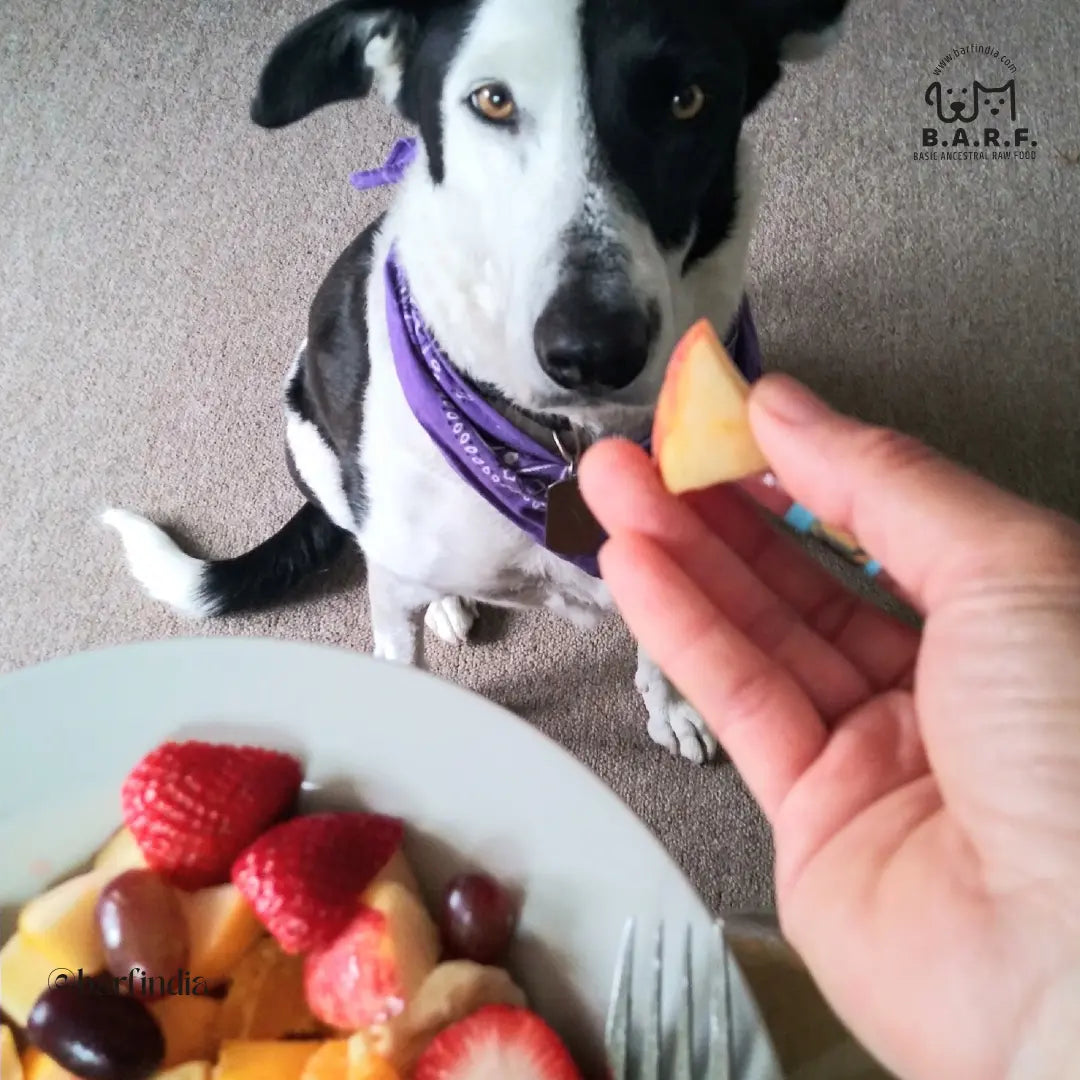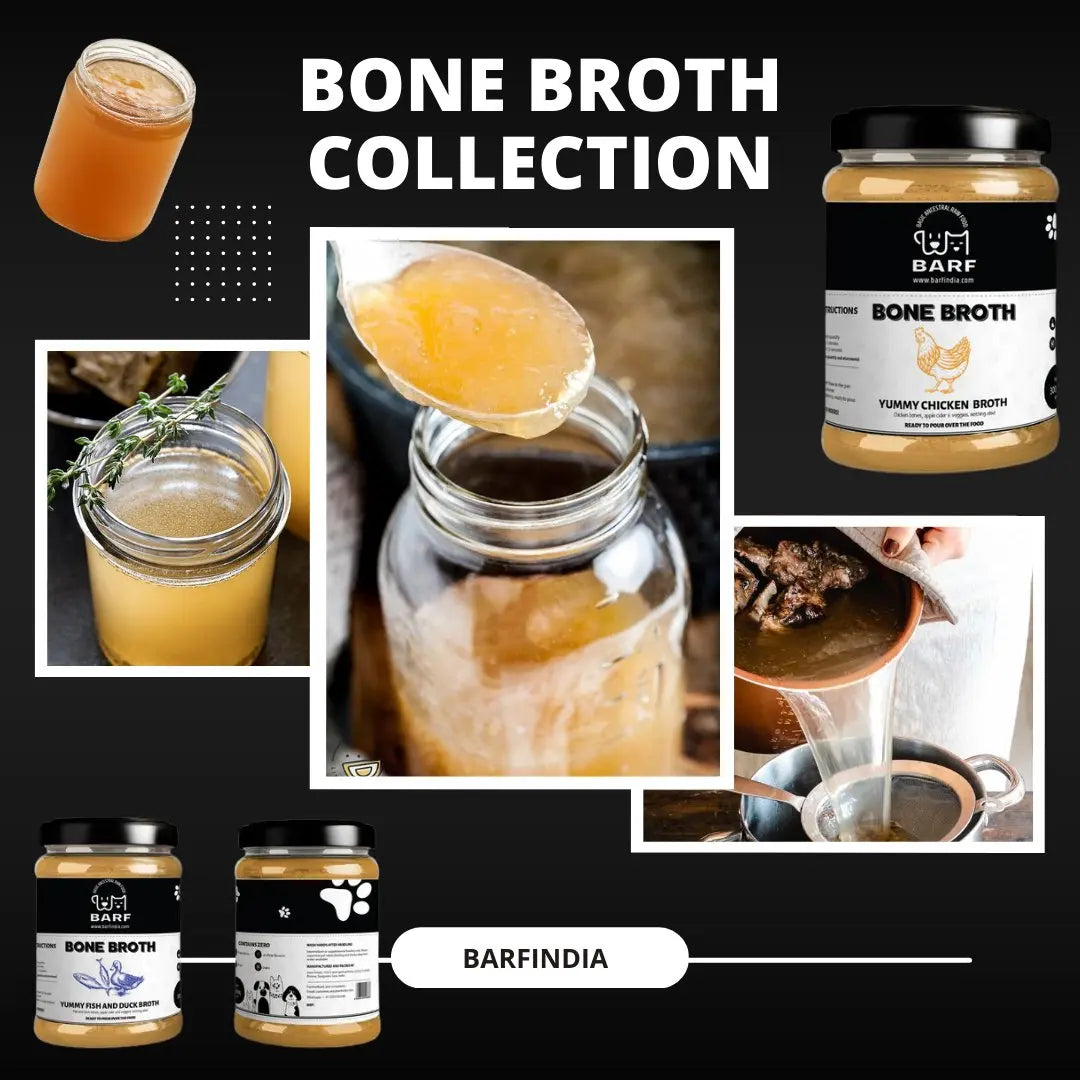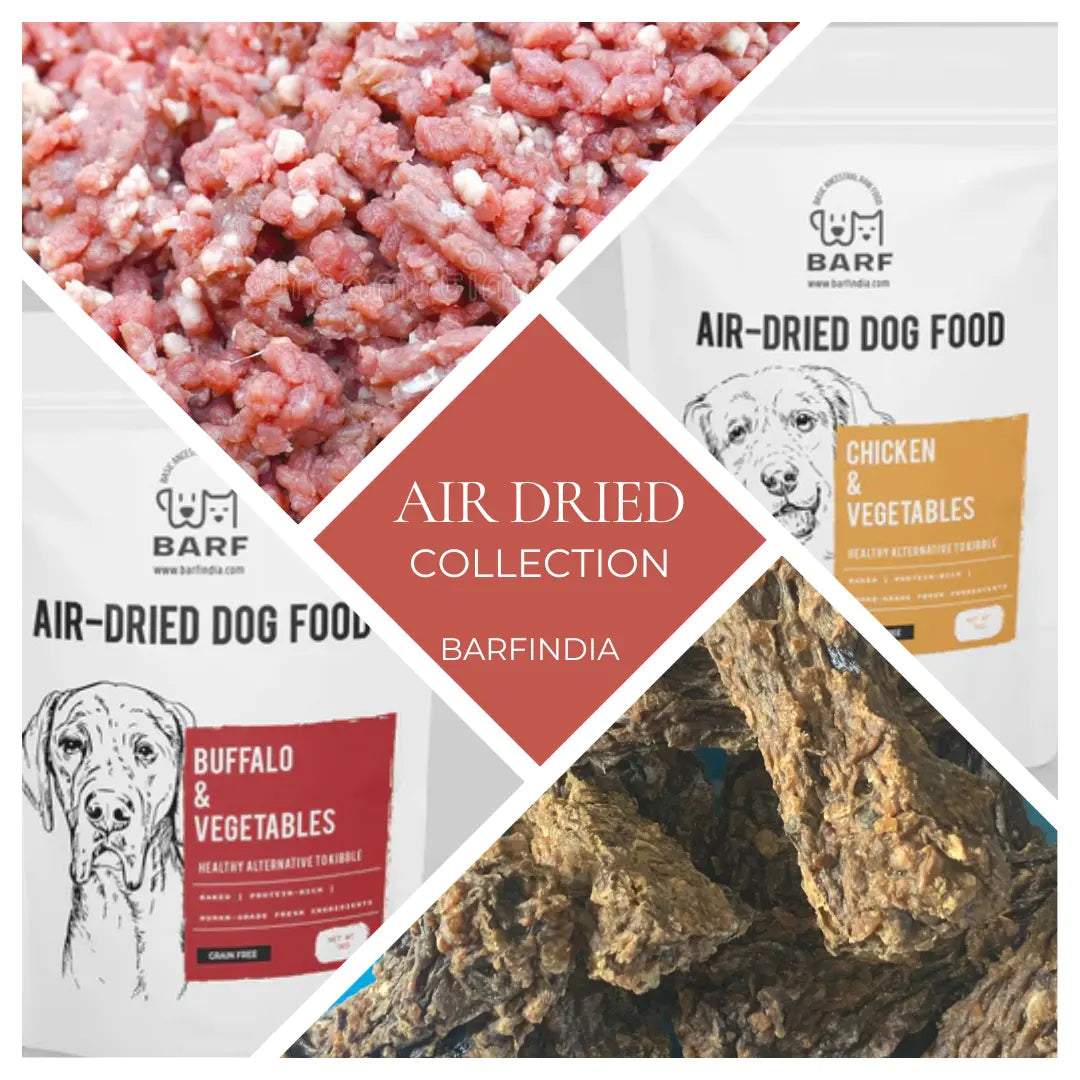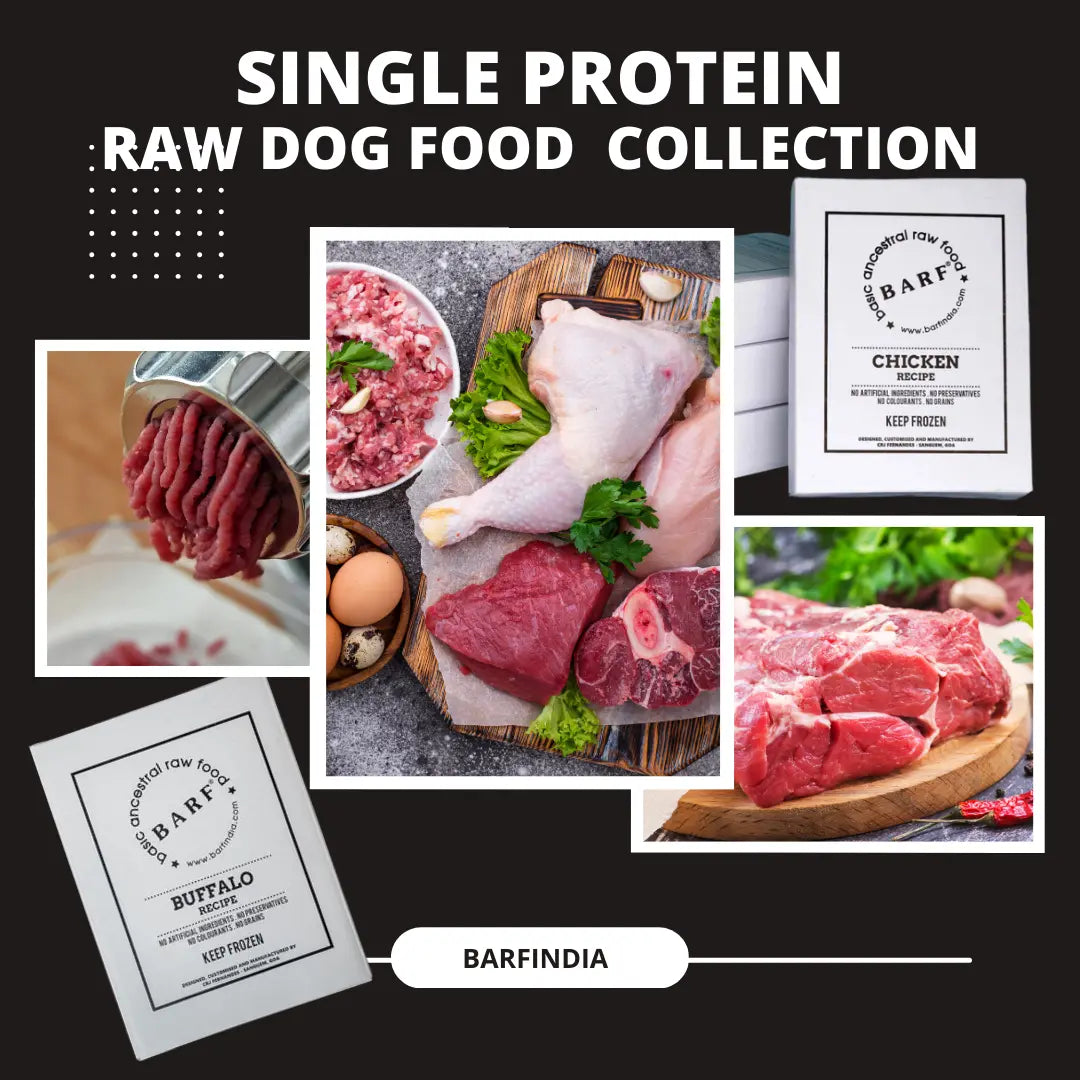
Can dogs have fruits safely in their diets?
B.A.R.F. India AdministratorCan Dogs Have Fruits Safely in Their Daily Diet Routine?
Dogs have fruits placed in front of them more often than you might think—whether that’s a slice of banana that drops from your breakfast bowl or a bite of watermelon your kids insist on sharing. But is fruit truly friend or foe for your four-legged companion? The short answer: in moderation, many fruits can offer small nutritional perks, yet they should never crowd out the meat-based core of a canine diet. Let’s walk through the orchard and separate sweet facts from sugary fiction.
Dogs have fruits – Health Benefits & Caveats
Fruits are mostly water and sugar, sprinkled with fiber, vitamins, enzymes, and antioxidants. Those elements can support immune health and help fend off certain degenerative conditions. Vitamin A and C, for example, boost skin integrity and overall vitality. However, dogs are carnivores at heart—built for protein, fat, and a largely meat-driven menu. Too much fruit can skew stomach pH, trigger digestive upsets, and displace the amino acids that power muscle, bone, and organ health. Think of fruit as an occasional low-calorie treat, not a dietary pillar.
Dogs have fruits – Which Fruits Are Safe?
Safe in small portions
-
Berries: Strawberries, raspberries
-
Tropical & soft: Bananas, papaya, mango, ripe pears, apricots, peaches (always pit-free)
-
Hydrating picks: Seedless watermelon, seed-free cucumbers
Strictly avoid
-
Grapes & raisins: Can cause sudden kidney failure
-
Citrus (oranges, lemons, limes): Too acidic for canine digestion
Safety tips
-
Remove all pits, seeds, and tough cores
-
Serve bite-sized, fresh pieces—no syrups, canned sugar, or spice coatings
-
Keep total fruit to ≤ 10 % of daily food intake
Dogs have fruits – How Much Is Too Much?
Picture your dog’s meal bowl as a pie chart: 90 % high-quality animal protein and fat, 10 % extras. The 10 % slice covers low-glycemic veggies and, only occasionally, fruit. Over-fruiting can spike blood sugar, pack on pounds, and crowd out vital proteins. If weight loss is your goal, daily exercise beats apple overload every time.
Dogs have fruits – Where Raw Diet Fits In
Raw feeding enthusiasts often ask how fruit slots into a BARF (Biologically Appropriate Raw Food) regimen. The answer: sparingly. A balanced raw diet mirrors what a wild canine eats—muscle meat, bones, organs, plus a whisper of pre-digested plant matter from prey. Commercial raw blends like BARF India’s Basic Ancestral Raw Food already deliver species-appropriate nutrition without filler carbs. If you’d like a hint of sweetness, fold in a berry or two—then let fresh, unprocessed meat do the heavy lifting for health, energy, and longevity.
Key Takeaways
-
Dogs have fruits best as treats, not staples.
-
Stick to dog-friendly picks—skip grapes, raisins, and citrus.
-
Cap total fruit at 10 % of daily calories.
-
Prioritise a high-protein, raw or gently cooked meat diet for true carnivore health.
With that balanced approach, you can share nature’s candy with your canine—without upsetting the nutritional apple cart.



